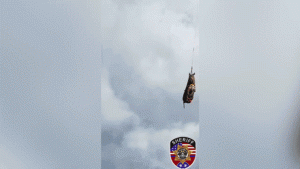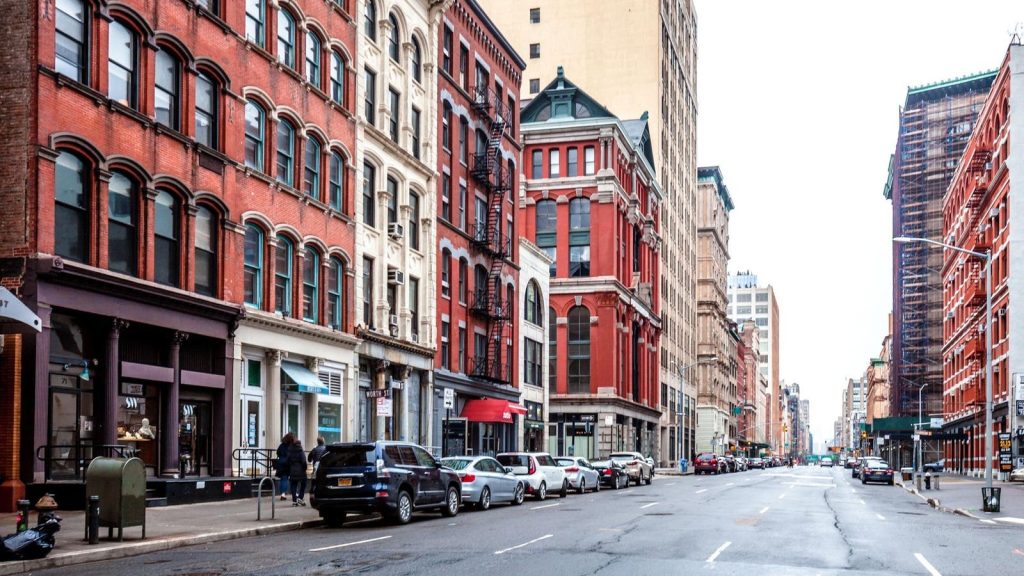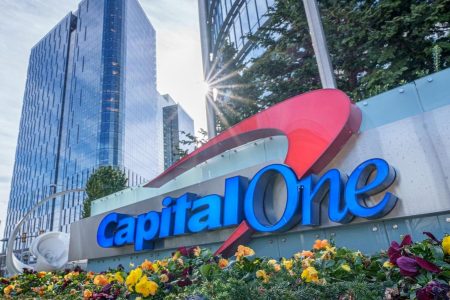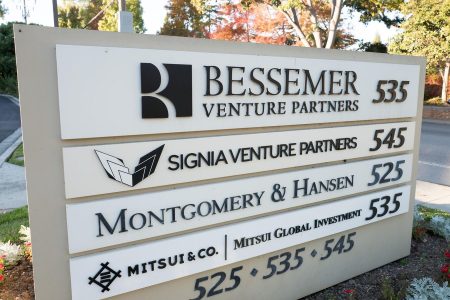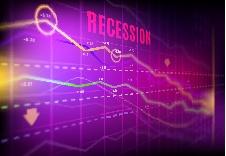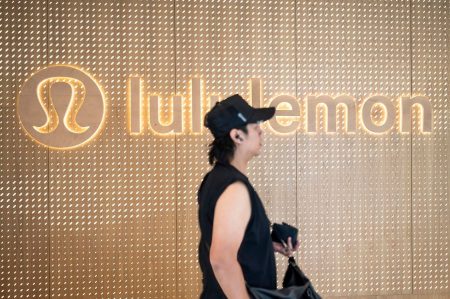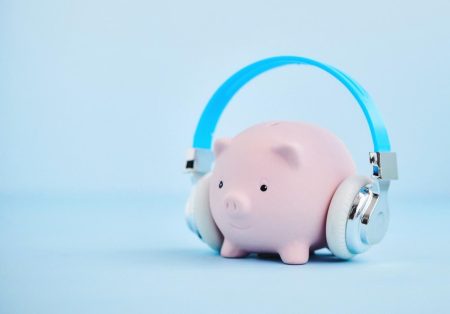New York City, the most populous city in the United States, boasts a diverse real estate landscape, with property values varying significantly across its numerous ZIP codes. While the city as a whole has experienced a mixed bag in terms of real estate trends post-pandemic, certain areas continue to command premium prices, reflecting their desirability and exclusivity. Analyzing these high-value ZIP codes offers valuable insights into the dynamics of the New York City housing market and the factors driving its fluctuations. This detailed analysis utilizes Zillow’s home value index and Census Bureau data, offering a comprehensive view of the city’s most expensive areas.
A striking characteristic of New York City’s priciest ZIP codes is their concentrated geography. Many of these areas occupy relatively small tracts of land, sometimes just a few blocks, within Lower Manhattan. This clustering reflects the historical development of the city and the enduring appeal of these specific neighborhoods, known for their proximity to financial centers, cultural institutions, and upscale amenities. The concentration also highlights the scarcity of land in these prime locations, a key driver of high property values.
The impact of the COVID-19 pandemic has been a significant factor shaping the New York City real estate market. Unlike many other housing markets across the country, which saw dramatic price surges during the pandemic, New York City experienced a more complex trajectory. While some areas saw increases, others experienced declines, particularly in the immediate aftermath of the pandemic’s onset. This divergence reflects the unique challenges faced by the city, including a temporary exodus of residents and economic uncertainty. However, the market has since shown signs of recovery and stabilization, albeit with ongoing fluctuations.
Examining the top five most expensive ZIP codes reveals distinct patterns. These areas, predominantly located in Lower Manhattan, are characterized by high median and average household incomes, often exceeding $200,000 annually. However, even within these affluent enclaves, the pandemic’s impact is evident, with some ZIP codes experiencing significant declines in median home values. This volatility underscores the sensitivity of the luxury real estate market to external factors, even in traditionally stable and desirable locations.
The most expensive ZIP code, 10013, encompassing areas like Chinatown and Tribeca, exemplifies this trend. Despite boasting a median household income of $159,474 and an average household income of $385,678, the area witnessed a 13.5% decline in median home value since 2019. Similarly, 10012, encompassing Soho and Nolita, experienced a 15.8% decline over the same period, despite high household incomes. These drops, while substantial, still leave these ZIP codes among the most expensive in the city, indicating the enduring value of these prime locations.
In contrast, certain high-value ZIP codes have bucked the downward trend, demonstrating resilience and even growth in the post-pandemic market. 10282, a small area on the Hudson River, saw a 22.5% increase in median home value since 2019. This area, characterized by extremely high incomes, with two-thirds of households earning over $200,000 annually, appears to have weathered the market fluctuations more successfully. This suggests that certain micro-markets within the city, particularly those offering exclusive amenities and waterfront access, remain highly sought after and resistant to broader market downturns. The diverse performance of these high-value ZIP codes underscores the complex and dynamic nature of the New York City real estate market, where even in close proximity, different factors can influence property values in distinct ways. Analyzing these trends provides valuable insights into the ongoing evolution of the city’s most exclusive neighborhoods and the forces shaping their future.
